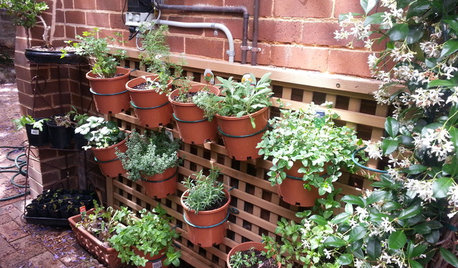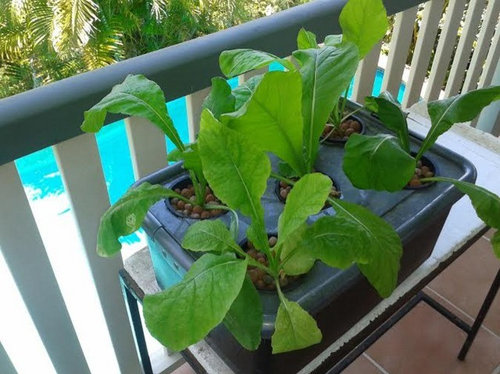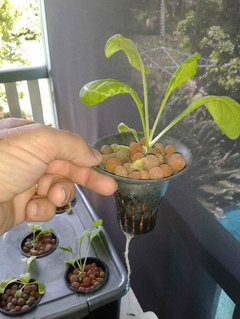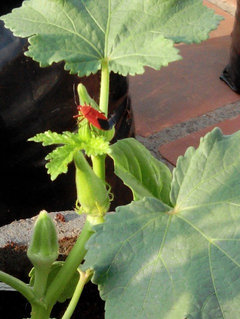First attempt at the Kratky method of hydroponics
robert_1943
10 years ago
Featured Answer
Sort by:Oldest
Comments (14)
sundarms74
10 years agoRelated Professionals
Londonderry Landscape Architects & Landscape Designers · Saint Louis Park Landscape Architects & Landscape Designers · Taylorsville Landscape Architects & Landscape Designers · Bedford Landscape Contractors · East Lake-Orient Park Landscape Contractors · Gallatin Landscape Contractors · Hilton Head Island Landscape Contractors · Huntington Landscape Contractors · Hurricane Landscape Contractors · Mesa Landscape Contractors · Panama City Beach Landscape Contractors · Paramount Landscape Contractors · Wayland Landscape Contractors · West Haverstraw Landscape Contractors · Maplewood Landscape Contractorsrobert_1943
10 years agorobert_1943
10 years agosundarms74
10 years agorobert_1943
10 years agorobert_1943
10 years agosundarms74
10 years agosundarms74
10 years agosundarms74
10 years agoPupillaCharites
10 years agoPupillaCharites
10 years agogeekgardener
9 years agoabbobx39
8 years agolast modified: 8 years ago
Related Stories

LAUNDRY ROOMSHouzz Call: Show Us Your Wonderfully Efficient Laundry Room
Got a drying rack, a folding table or clever storage in your laundry room? We want to see it!
Full Story
FARM YOUR YARDHow to Grow Vegetables in Containers
Get glorious vegetables and fruits on your patio with a pro’s guidance — including his personal recipe for potting mix
Full Story
FARM YOUR YARD14 Crazy Places to Grow Edibles
Some Houzzers may lack ground for gardening, but they’re never short on imagination
Full StoryMore Discussions













robert_1943Original Author